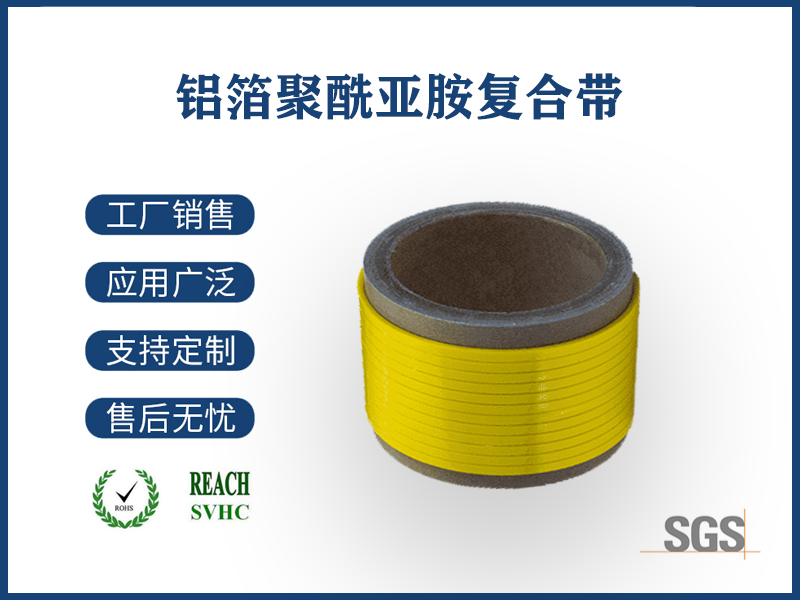电缆绕包带的作用有哪些方面呢英语
分类:公司新闻 发布时间:2025-06-09 浏览量:166
Title: The Multifaceted Role of Cable Braiding Tape
In the realm of electrical engineering, the use of cables is a fundamental aspect of ensuring reliable and efficient power transmission. Among the various components that make up a cable, the role of the braiding tape cannot be overstated. This versatile material plays a crucial role in enhancing the integrity, durability, and performance of cables. In this article, we will delve into the multifaceted role of cable braiding tape, exploring its significance in various aspects of electrical engineering.
One of the primary functions of cable braiding tape is to provide physical reinforcement to the cable. By wrapping the cable in a braided form, it acts as a protective layer, reducing the risk of breakage or damage during transportation, installation, or usage. This enhanced resilience ensures that the cable remains functional even under extreme conditions, such as high-voltage surges or harsh environmental conditions.

The braiding process also contributes to the cable’s flexibility and ease of handling. The braided structure allows for easy bending and coiling, making it easier to work with and transport. This feature is particularly beneficial in applications where cables need to be routed through tight spaces or around obstacles, reducing the need for complex installation procedures.
Another significant advantage of cable braiding tape is its ability to enhance the cable’s insulation properties. The braided structure provides a barrier between the conductive elements within the cable and external interference, such as electromagnetic waves. This helps to shield the cable from external noise and disturbances, improving its overall performance in terms of signal clarity and reliability.
Furthermore, the braiding process can be customized to meet specific requirements for weight, strength, and other properties. By selecting the appropriate materials and techniques for braiding, engineers can create cables that are tailored to specific applications, such as those requiring high voltage or long-distance transmission.
In addition to its mechanical benefits, cable braiding tape also plays a role in enhancing the cable’s electrical characteristics. The braided structure can help to minimize crosstalk between wires, reducing the likelihood of interference and improving signal quality. This is particularly important in high-speed digital communications where minimal disruption can have significant consequences.
Moreover, the braiding process can be used to incorporate additional features into the cable, such as heat sinks or temperature sensors. These features can improve the cable’s thermal management capabilities, enabling it to operate more efficiently under varying temperatures.
Despite its many benefits, there are some limitations to consider when using cable braiding tape. For example, the braiding process can increase the overall weight and cost of the cable, which may not be suitable for all applications. Additionally, the braiding process can introduce some level of manufacturing complexity, which may affect the speed and efficiency of production.
In conclusion, the role of cable braiding tape in electrical engineering is multifaceted and far-reaching. From providing physical reinforcement and enhancing cable flexibility to improving insulation properties and enhancing electrical performance, this versatile material plays a critical role in the development and deployment of high-quality electrical systems. As technology continues to evolve, the importance of understanding and leveraging the capabilities of cable braiding tape will only continue to grow, shaping the future of electrical engineering in innovative and efficient ways.




